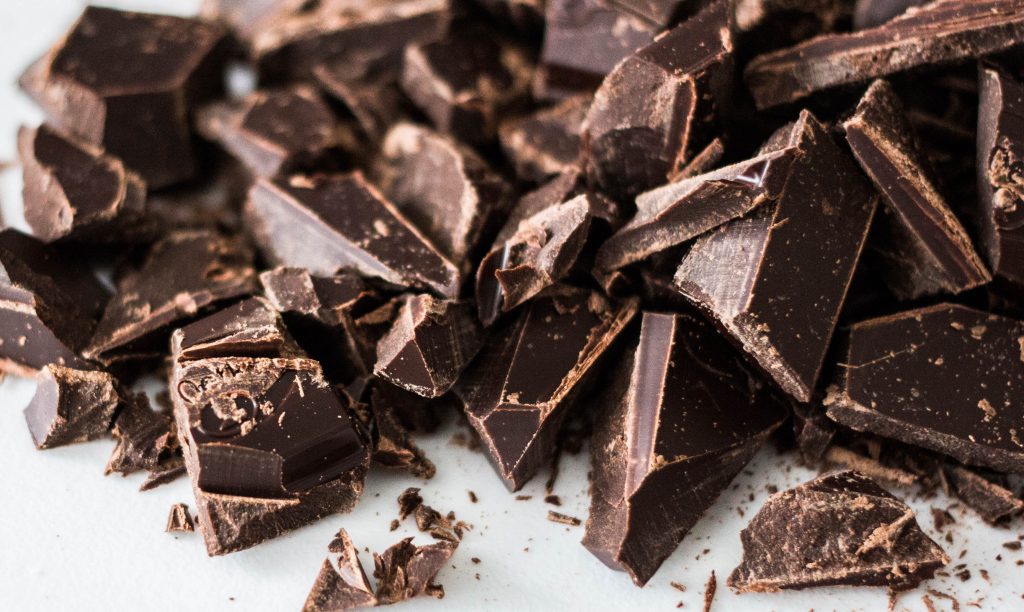During vacation I watched a few documentaries. One documentary was about unknown foods and the other about cocoa farmers in Ivory Coast. As we specialize in cocoa trade at Agiboo with the Agiblocks Commodity Trade and Risk Management (CTRM) solution. These are the type of TV-shows which always have my interest. In the first documentary they went on the street in a city in Holland and asked the audience if they could recognize a certain fruit. The fruit was a cocoa pod, this fruit actually holds the cocoa beans while it grows on trees. To my surprise very few of the interviewed audience knew what it actually was. In the second documentary farmers were given a bar of chocolate. These farmers worked on a cocoa farm all their live but never had the chance to eat real chocolate.
The chocolate farmers had a great time and enjoyed the sweet taste of chocolate. It was a pleasure to watch because one farmer was even able to take a piece home. It nevertheless showed how disconnected the cocoa farmers and the consumers of chocolate actually are. That is unfortunate, because the history of chocolate is very interesting.
A chocolate history
Until the 16th century cocoa was only known in the America’s, most prominent in current Mexico. Many civilizations and cultures cultivated in some way cocoa plants. The Mayas and the Aztecs for example did harvest the cocoa beans. Let it ferment and brew with other spices a drink from it. In the 16th century Spanish explorers took some cocoa beans to Europe. There the drink was although sweetened with sugar consumed by people who could afford it. These chocolate drinks were not as we know it today, much more granular and not so smooth… Sometimes I wonder how exciting these times were, the thrill of just finding a new species could start a whole new industry such as coffee and cocoa.
It would take until 1828 when Coenraed Johannes van Houten invented the cocoa pressing with alkali. This process allows separating cocoa beans in cocoa butter and cocoa powder, the last one very important to create a smooth chocolate drink. Not only drinks, but the separated cocoa butter could be used to smooth the cocoa mass. Cocoa mass is the result of grinding cocoa beans. Suddenly flavor rich cocoa drinks and chocolate bars came to the next level. The original Van Houten factory is close to our office in The Netherlands and you can still visit it on invitation.
Conching
Multiple inventions to improve the quality of chocolate worldwide were done during the 1900’s, but there is one which deserves to be highlighted. In 1879 Rodolphe Lindt invented the conching machine. The romantic story goes that he left his mixer on by accident in the night and found out in the morning what happened. If that is true I do not know. However conching is the intense process of mixing and stirring for many hours, which makes the chocolate smooth and removes the bitterness. Bringing it to the level of chocolate taste and experience we know today.
The magic of chocolate attracts many, also us here at Agiboo. Their might be multiple reasons for it. For me it might be the movie of Charlie and the Chocolate Factory which I watched as a child. I found Mr. Willy Wonka a true hero. The chocolate industry has now become more efficient and professional than ever. Not many chocolate factories remain worldwide because of consolidation. This is also valid to a certain extent for the cocoa trade with cocoa bean futures markets in London and New York. Maybe it is somehow a comfortable thought that cocoa sourcing is bound to tropical areas such as in West Africa and cocoa farming is not really industrialized such as with palm oil.
Cocoa trade operations
The cocoa bean remains a magnificent commodity, with that hint of mystery due to its long history and exotic flavor. For trading the cocoa bean is prone to much specific administration and business processes. Not many commodities can be split into two complete new products with their own hedge ratios. Very few commodities have two derivative markets with different currencies and cocoa beans can attract or loose weight because of moisture adding challenges to the logistic process. For this reason we believe that passion for cocoa and chocolate is needed to build and provide an administrative software solution to this industry. Hopefully the consumer and the farmer will get more connected in the future, with even more appreciation for this wonderful product.

